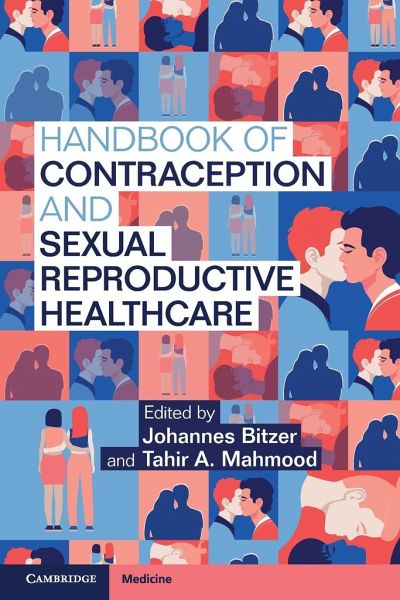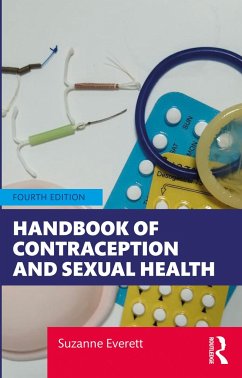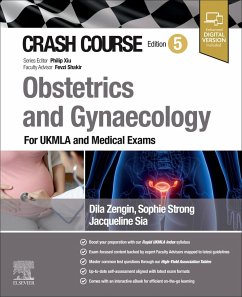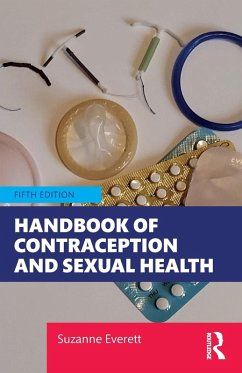
Handbook of Contraception and Sexual Reproductive Healthcare
Versandkostenfrei!
Versandfertig in 1-2 Wochen
47,99 €
inkl. MwSt.
Weitere Ausgaben:

PAYBACK Punkte
24 °P sammeln!
A practical, evidence-based resource for ensuring high standards of care in contraception and sexual and reproductive health that follows the curriculum of the joint EBCOG and ESCRH Certificate and Diploma Examination in Sexual and Reproductive Health. Text focuses on key information, providing advice on how to practice patient-centred care.














